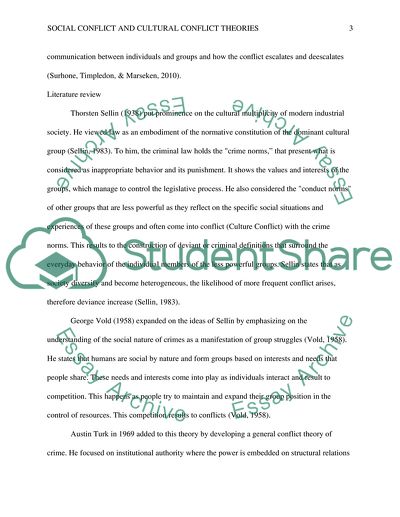Cite this document
(“Social Conflict and Cultural Conflict Theories Research Paper - 1”, n.d.)
Retrieved from https://studentshare.org/sociology/1437608-social-conflict-and-cultural-conflict-theories
Retrieved from https://studentshare.org/sociology/1437608-social-conflict-and-cultural-conflict-theories
(Social Conflict and Cultural Conflict Theories Research Paper - 1)
https://studentshare.org/sociology/1437608-social-conflict-and-cultural-conflict-theories.
https://studentshare.org/sociology/1437608-social-conflict-and-cultural-conflict-theories.
“Social Conflict and Cultural Conflict Theories Research Paper - 1”, n.d. https://studentshare.org/sociology/1437608-social-conflict-and-cultural-conflict-theories.


